What Causes Muscle Spasms Under Rib Cage? Muscle spasms located in the rib cage are often observed in people who strain or overwork their upper body muscles. Symptoms of a muscle spasm in the rib cage include pain and stiffness of varying degrees, either sharp and shooting, or dull and aching.
NAME _____ LAB TIME/DATE _____ REVIEW SHEET Spinal Cord, Spinal Nerves, exercise21 and the Autonomic Nervous System Review Sheet 21 211
Muscle Origin Insertion Artery Nerve Action Antagonist; procerus: from fascia over the lower of the nasal bone: skin of the lower part of the forehead between the eyebrows: buccal branch of the facial nerve
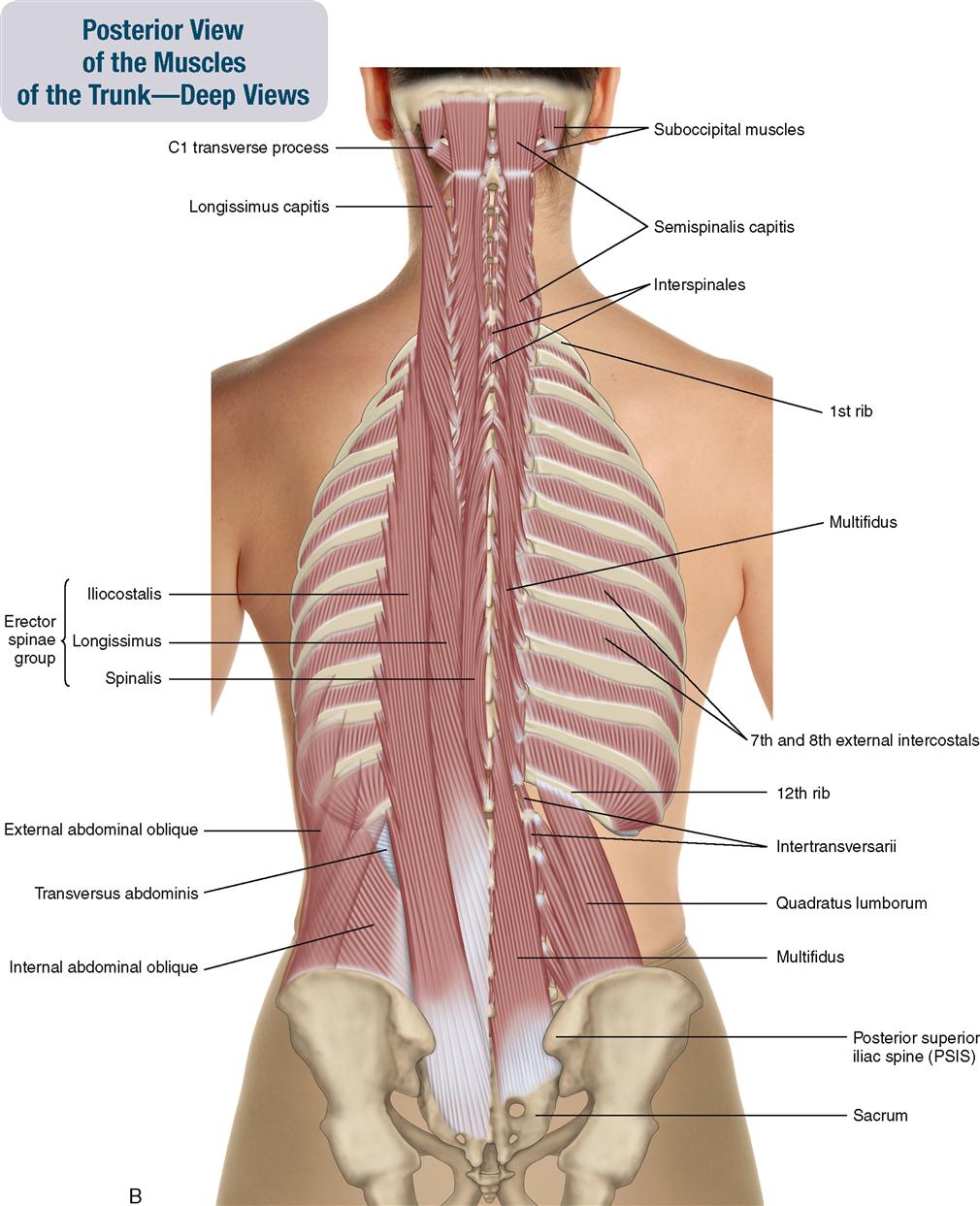
Triceps Brachii Muscle: Long Head. The long head of the Triceps brachii is one of three heads that make up the muscle. It descends between teres and major, dividing the wedge-shaped interval between them and the humerus into triangular and quadrangular spaces.
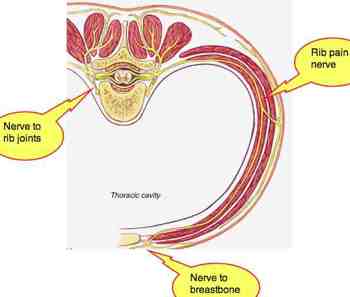
Intercostal muscles are several groups of muscles that run between the ribs, and help form and move the chest wall.The intercostal muscles are mainly involved in the mechanical aspect of breathing.
NAME ORIGIN INSERTION ACTION NERVE M OUTH M OVERS Levator labii superioris 11 zygomatic bone & infraorbital margin of maxilla skin & muscle of up-per lip • raises & furrows the up-


I have muscle spasm in or around the ribs on both sides (in the front under the breast and sometimes in the back at the same horizontal position), it …
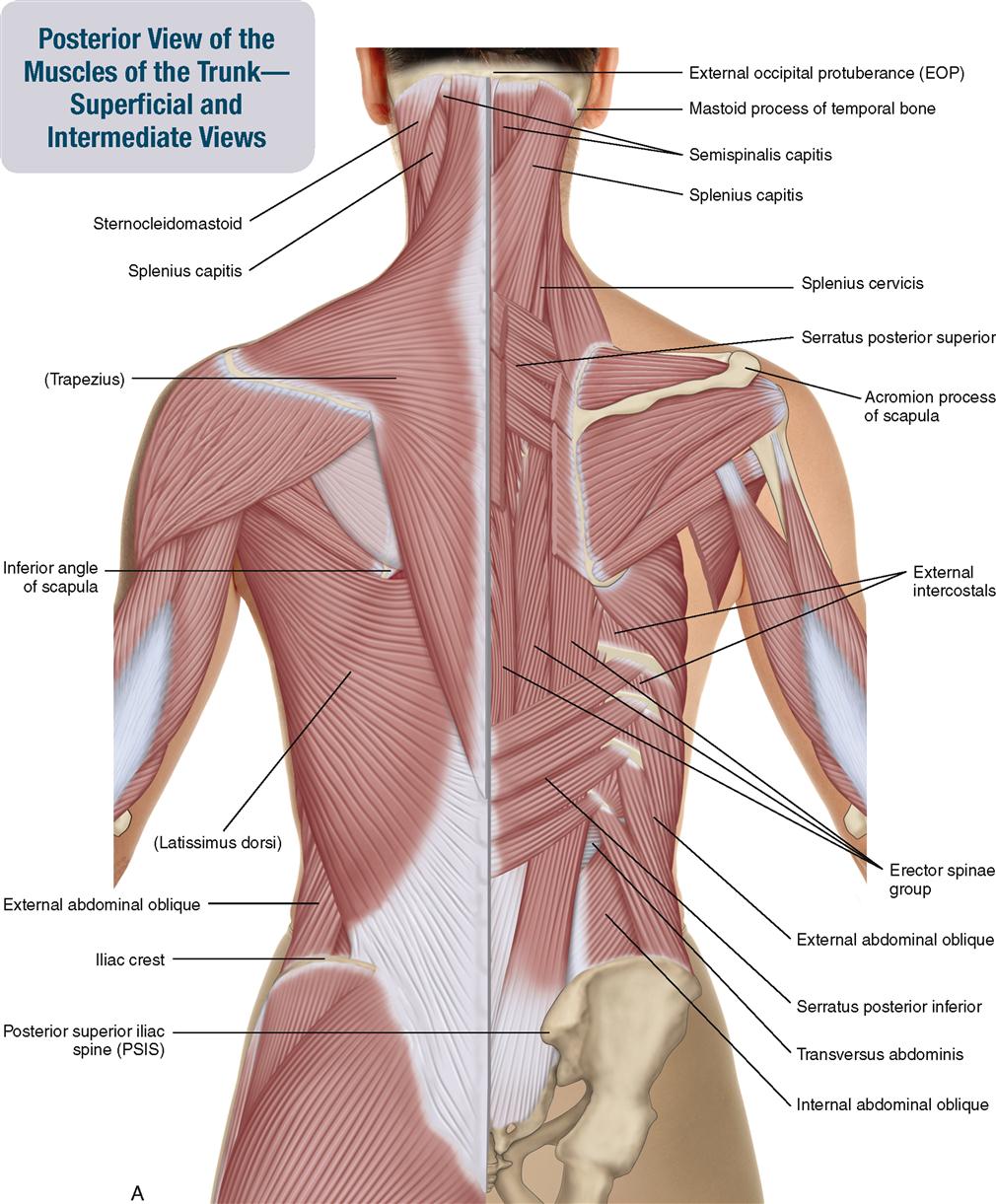

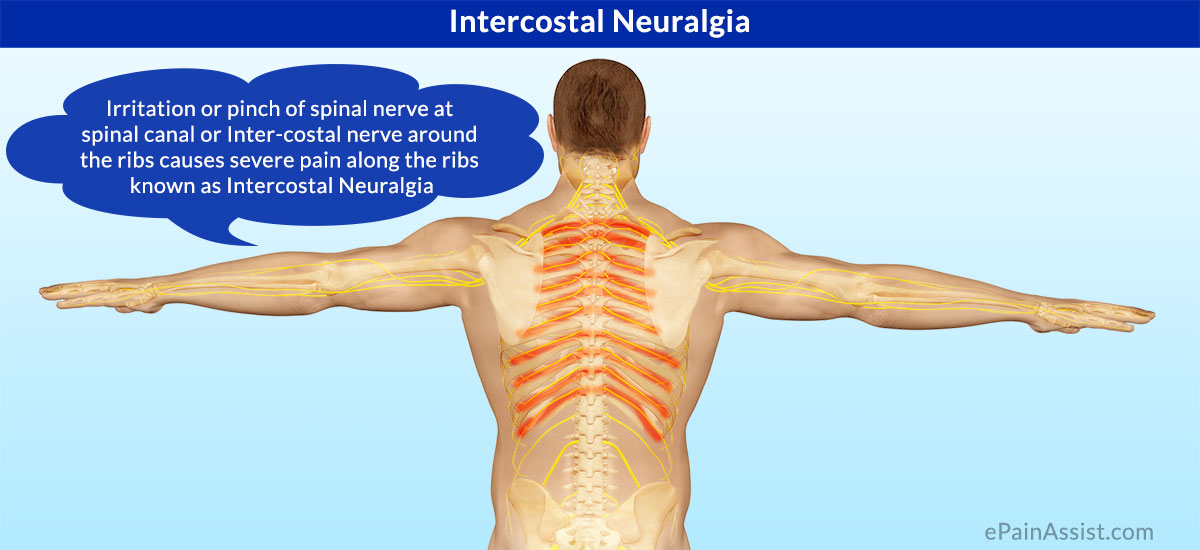
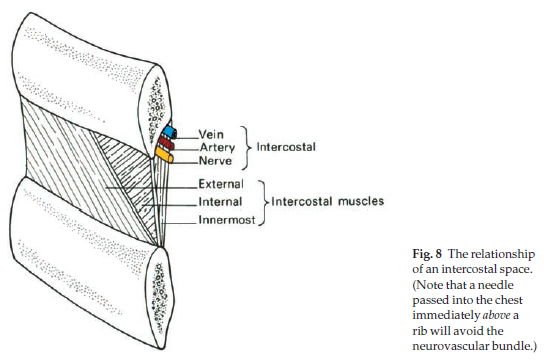


The diaphragm is the dome-shaped sheet of muscle and tendon that serves as the main muscle of respiration and plays a vital role in the breathing process.
Human muscle system: Human muscle system, the muscles of the human body that work the skeletal system, that are under voluntary control, and that are concerned with movement, posture, and balance.
Mechanics of breathing. When we inhale the intercostal muscles (between the ribs) and diaphragm contract to expand the chest cavity. The diaphragm flattens and moves downwards and the intercostal muscles move the rib cage upwards and out.